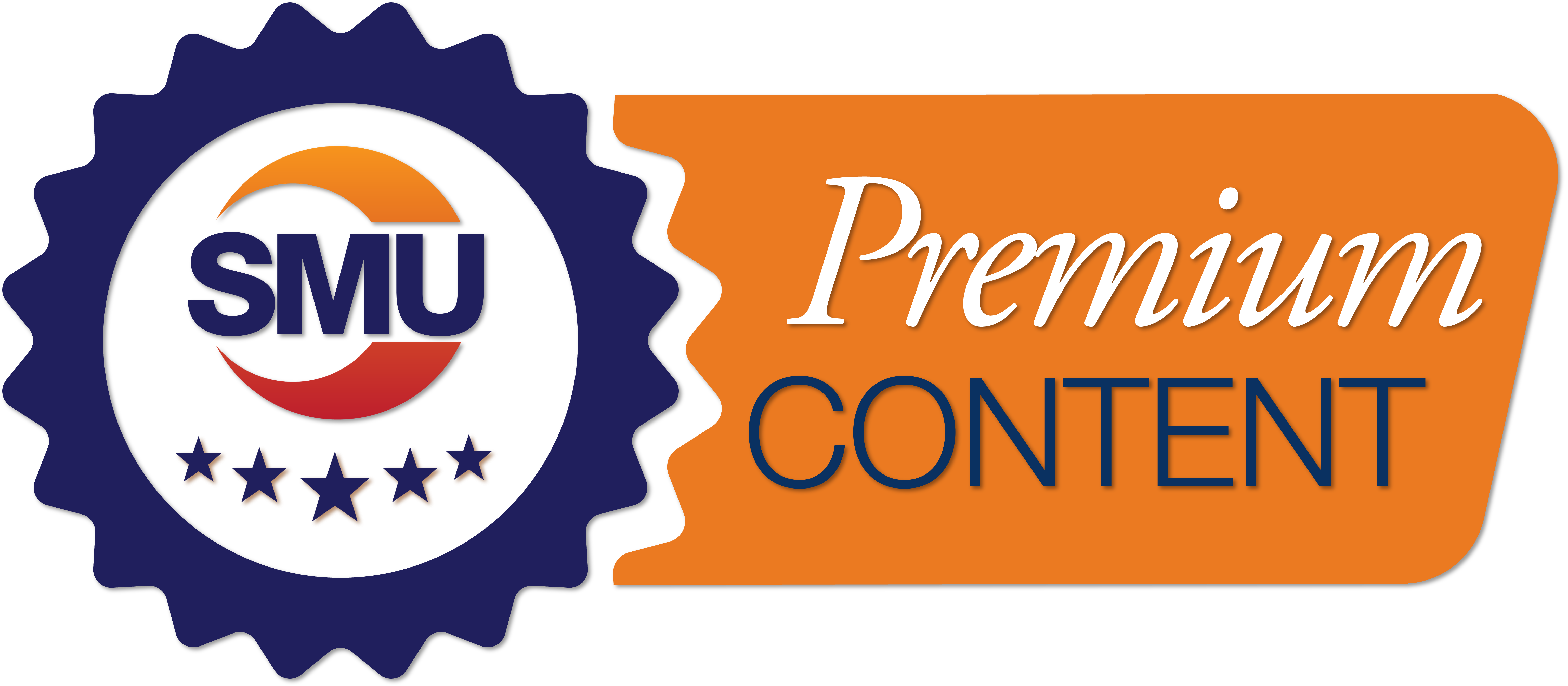Product

August 9, 2020
Leibowitz on Trade: Section 232 in the News
Written by Lewis Leibowitz
Trade attorney and Steel Market Update contributor Lewis Leibowitz offers the following update on events in Washington:
Section 232 is in the news again this week. First, President Trump issued a new proclamation reimposing 10 percent aluminum tariffs on certain aluminum imports from Canada. Second, there were reports in the media that the president will soon announce tariffs on steel imports from Canada and Mexico, despite the absence of evidence that there is a new threat to national security from steel imports from our neighbor to the North. Third, there are persistent reports that the administration may soon unilaterally reduce the quotas for imports of semifinished steel from Brazil. Fourth, a new opinion issued from the Court of International Trade last week expressed grave doubts that the denials of exclusion requests for semifinished steel were lawful. And fifth, new steel company reports strongly indicate that the protective tariffs have not increased the prospects of steel or aluminum producers in the United States. The outlook for Section 232 as an effective policy tool seems to be slipping badly. Despite this record, the president is doubling down on Section 232.
First, on Thursday, President Trump issued a new Section 232 proclamation imposing 10 percent tariffs on imports of unwrought non-alloy aluminum from Canada, abrogating the exemption from aluminum tariffs of that metal from Canada that was proclaimed in May of last year. The proclamation goes into effect on entries on or after Aug. 16. Only imports of unwrought aluminum that is “not alloyed” (HTSUS 7601.10) is covered by this proclamation. This type of “unfinished” aluminum is important to American manufacturers. It is analogous to semifinished steel. Only one aluminum producer in the United States is in this business, Century Aluminum. Predictably, that company is fully behind the tariffs on Canada. However, there is little evidence that the new 10 percent tariffs will change Century’s prospects.
{loadposition reserved_message}
Quite a few questions come to mind regarding the latest proclamation targeting Canada. While it is not possible to explore them all in this Sunday column, I will look at three questions:
- Does this proclamation presage additional actions under Section 232 regarding steel or other products?
- How long will this last?
- What will the Canadians do?
First, the rumor mill is churning on whether this is the only action the president intends to take; the evidence suggests that there could be more. Based on past performance, it is certainly possible that other actions will follow. Unwrought aluminum (basically the initial forms of unalloyed aluminum, not rolled, stamped or otherwise changed to a final product) is a basic raw material. If manufacturers do not realize that by changing the aluminum by further working it into a “wrought” shape they can escape the 10 percent tariffs, I would be surprised. If that happens, of course, the president may expand the Canada tariffs to more finished forms.
Steel and other products are also covered by Section 232 import restrictions. The rumors extend to steel products and their derivatives as well. If the president has the authority to impose new tariffs on new products or new countries at any time, he could impose tariffs on steel imports of any or all steel products from Canada (or Mexico, or Brazil, or Argentina) at any time. Those companies interested in further trade protection no doubt will actively push for more tariffs on products. Consumers will predictably challenge the new tariffs that injure their businesses. How far this will go, or how fast it will happen, is without doubt being discussed both in and out of government.
Second, regarding legality of these proclamations, there are some straws in the wind. The U.S. Court of International Trade has numerous cases pending involving Section 232 tariffs and quotas. The president by his action Thursday obviously claims the authority to modify Section 232 import restrictions without investigating, through the Department of Commerce, whether imports “threaten to impair” the national security. The Court of International Trade ruled just last month, in a case involving the 50 percent tariffs imposed on Turkish steel, that the president does not have such authority. Thus, this new proclamation and other proclamations are vulnerable to court challenge because the proclamation is not supported by an investigation of the Secretary of Commerce. The Court of International Trade decision, issued on July 14, could be appealed, but no appeal has been docketed so far (the government must appeal within 60 days or by Sept. 14). If Section 232 is interpreted to permit the president to rewrite tariff laws at any time or by any amount, it is a very different statute than the one the Supreme Court declared was not an unconstitutional delegation of legislative power in the Algonquin case (1976).
All the Section 232 tariffs may also violate WTO agreements. There are numerous cases already pending before the WTO that challenge Section 232 proclamations. Decisions of the first stage of the WTO dispute settlement process are expected soon, and most trade experts are predicting losses for the United States. This may not result in any concrete action soon, because the dispute settlement system has been disabled by the U.S. refusal to agree to appoint new members of the Appellate Body of the WTO. Stay tuned.
Third, Canada has already taken steps to retaliate against the new U.S. proclamation. Canada announced retaliatory tariffs equal to $2.7 billion on U.S. exports of aluminum to Canada. This is roughly equivalent to the $2.5 billion of U.S. imports of unwrought non-alloyed aluminum in 2019.
If other proclamations are issued on other aluminum products or steel, the retaliation will surely be expanded. Canada, and the U.S. manufacturers that are hurt by the tariffs on Canadian products, will certainly fight back and U.S. and Canadian businesses will be collateral damage. While the Trump administration has not been in a compromising mode on this issue (at least recently), the election could bring to power an administration that sees merit in settling these disputes.
Challenges to Section 232 progress on other fronts as well. In litigation about product exclusions under the steel and aluminum Section 232 restrictions, the Court of International Trade recently (Aug. 5) sent 12 requests back to the Commerce Department to reevaluate exclusion denials (JSW Steel (USA) v. United States). This decision could have broader implications on the exclusion process generally. Several exclusion cases are currently pending, which could lead to more exclusions taking effect (because all the challenges are to exclusion denials), especially on key products such as large diameter pipe and semifinished steel for which exclusions have been nearly uniformly denied.
In other litigation, the legality of the “derivative” proclamations signed last January has been challenged by injured domestic (U.S.) companies with global supply chains. None has been decided as yet, but decisions are likely this fall.
Tariffs and quotas on steel and aluminum must serve a broader purpose than protecting individual companies, because other Americans are hurt by them. There is simply no basis that foreign interests actually pay the tariffs, because U.S. importers pay them. Moreover, they have not led to a revival of those industries, although some companies have announced new projects in the United States (the coronavirus may lead to cancellation and reduction of these projects). There is also little evidence that the behavior of foreign companies and governments have changed concerning exports to and investments in the United States.
The trade actions might also be judged successful if they helped achieve “broader goals,” as mentioned in a recent piece by economist Phil Levy in the current issue of Forbes. Assuming that Canada and Mexico were induced to sign the new USMCA agreement by the steel and aluminum tariffs, it could be seen as successful if it solved problems that had been identified with the old NAFTA and gave business and investors a more stable and favorable environment to increase activity. There is little support for that view, but it is worth discussing; in fact, changes in the USMCA were fairly minor (the biggest change was toughening rules of origin in the automotive area, which will probably lead companies to relocate to Canada from Mexico and the United States to make autos and auto parts) and did not truly solve the problems with NAFTA. That is a subject for a subsequent column.
The stable environment for business decision-making suffered a setback on Thursday with the attempted reimposition of aluminum tariffs on Canada, and more shocks may be coming soon. Not a good day for stability and prosperity, but maybe a good day for one aluminum producer.
The Law Office of Lewis E. Leibowitz
1400 16th Street, N.W.
Suite 350
Washington, D.C. 20036
Phone: (202) 776-1142
Fax: (202) 861-2924
Cell: (202) 250-1551







